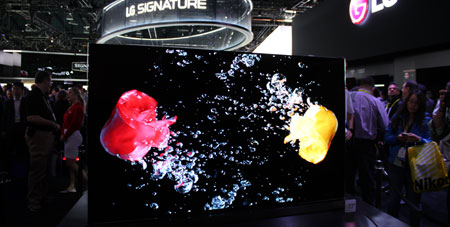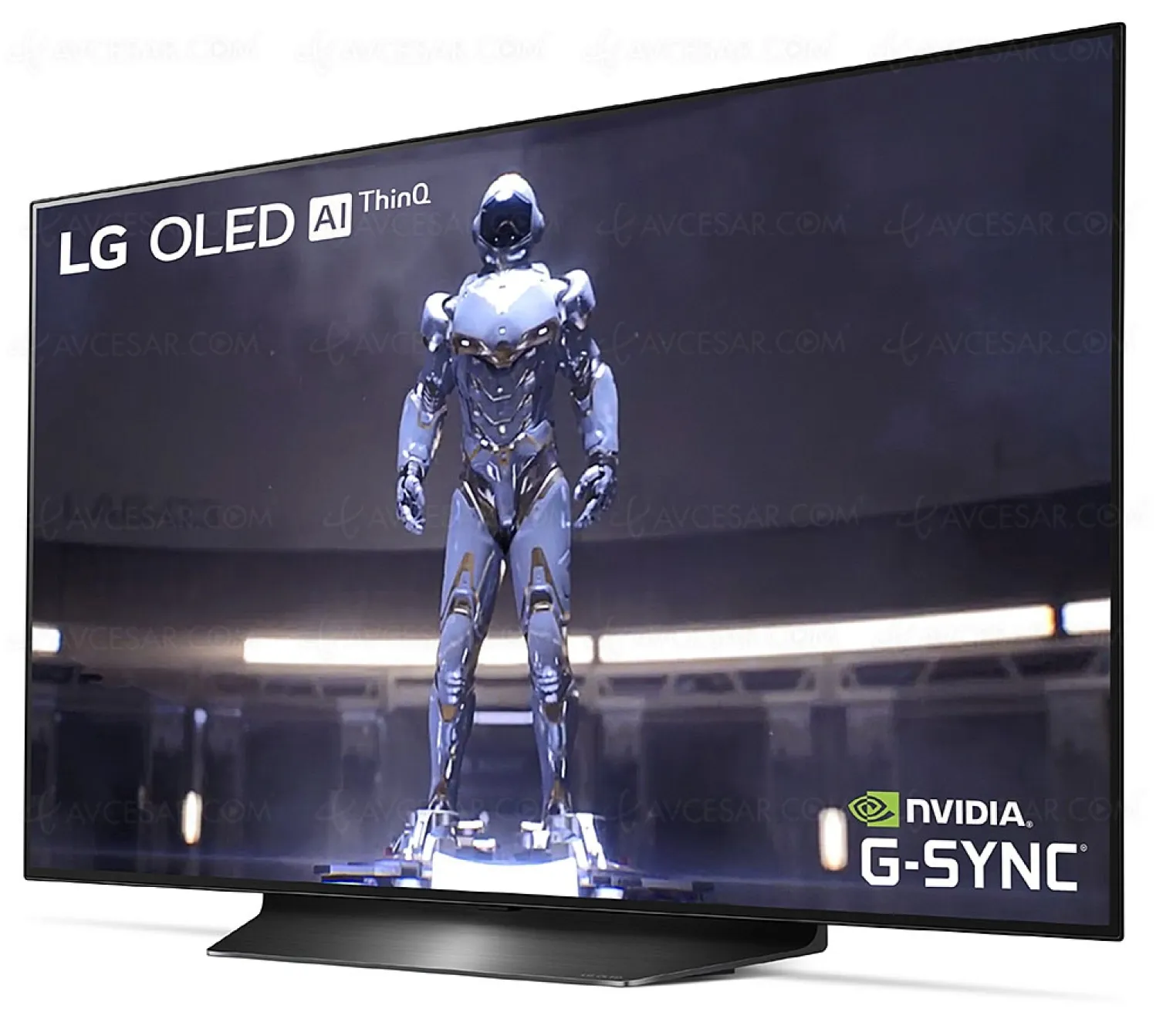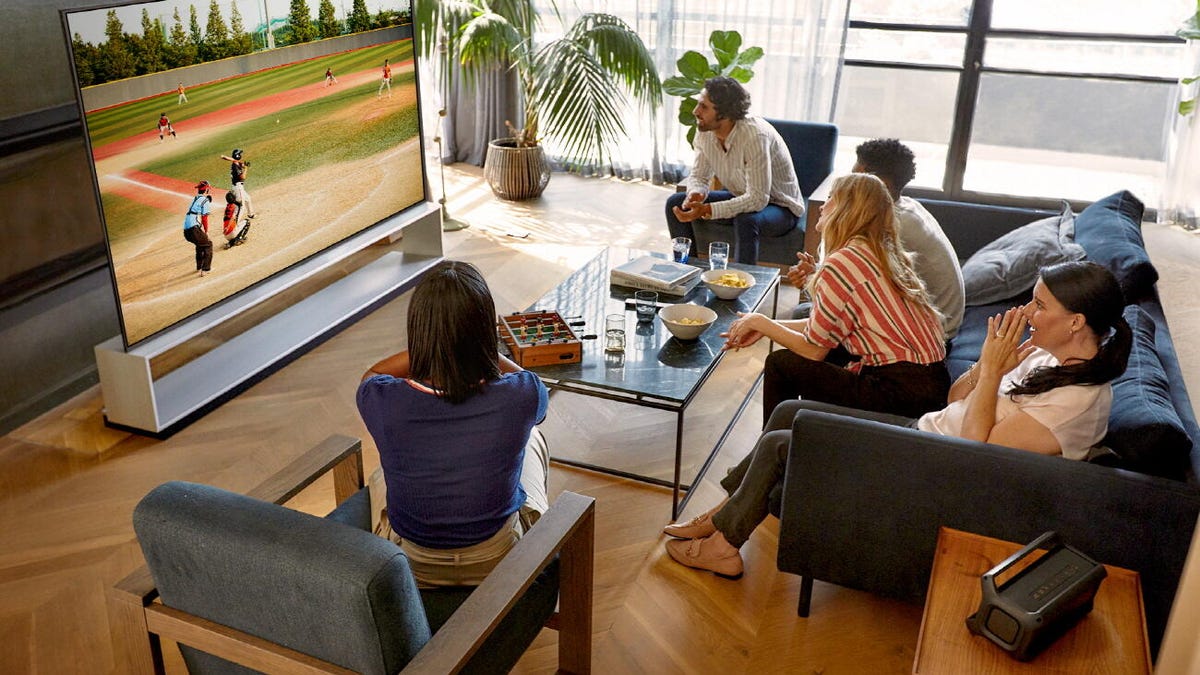OLED technology has come a massive way in the last ten years. For starters LG improved their stated lifespan for OLED from 35,000 to 100,000 hours - and this was back in 2016, and discounts recent developments.
There is no reason to worry, says LG. The latest generation of OLED TVs now has a lifespan of 100,000 hours

www.flatpanelshd.com
For comparison the half-life for the backlight in LCD TVs is typically rated at around 60-70,000 hours.
As someone wisely said above, don't listen to either extremes when it comes to fans or critics of the tech. No matter what TV you buy, you have to contend with issues e.g. no matter how good the LCD you buy, you are going to have to deal with blooming, as well as dirty-screen effect et al, while OLED does require slight babying to prevent the possibility of burn-in and there is also vertical banding issues with that tech too. You have to decide which foibles you can live with.
I say that as an owner of two OLEDs -a B6, still going strong from 2016 and an AF9. Both have been gamed on heavily and have zero burn-in. Personally, I wouldn't recommend one to someone who was going to play the same game for thousands of hours eg multiplayer games such as Rocket League, but for those of us who put hundreds of hours into games at most, burn-in is not an issue for gamers.







